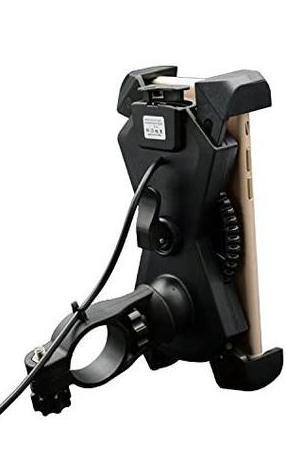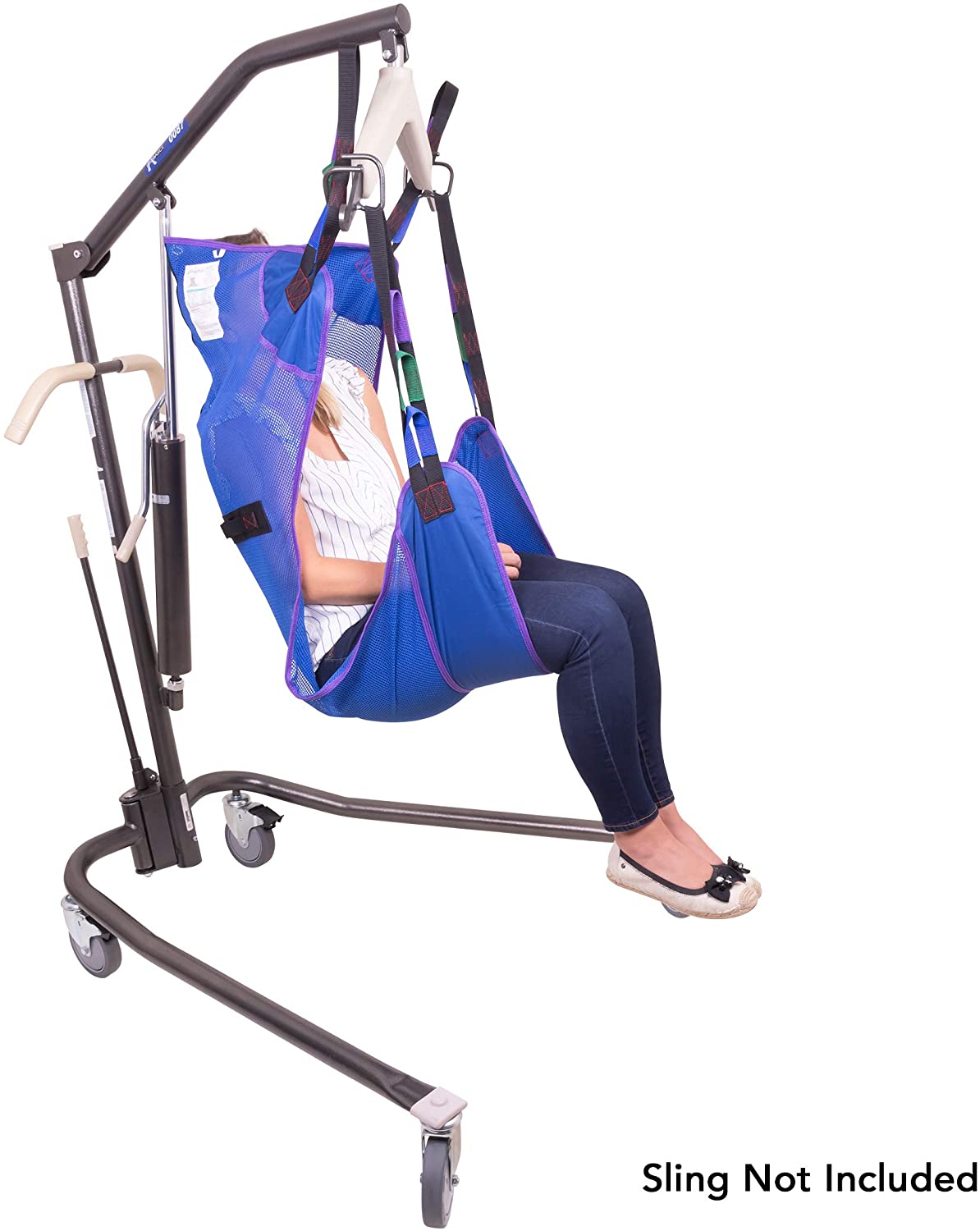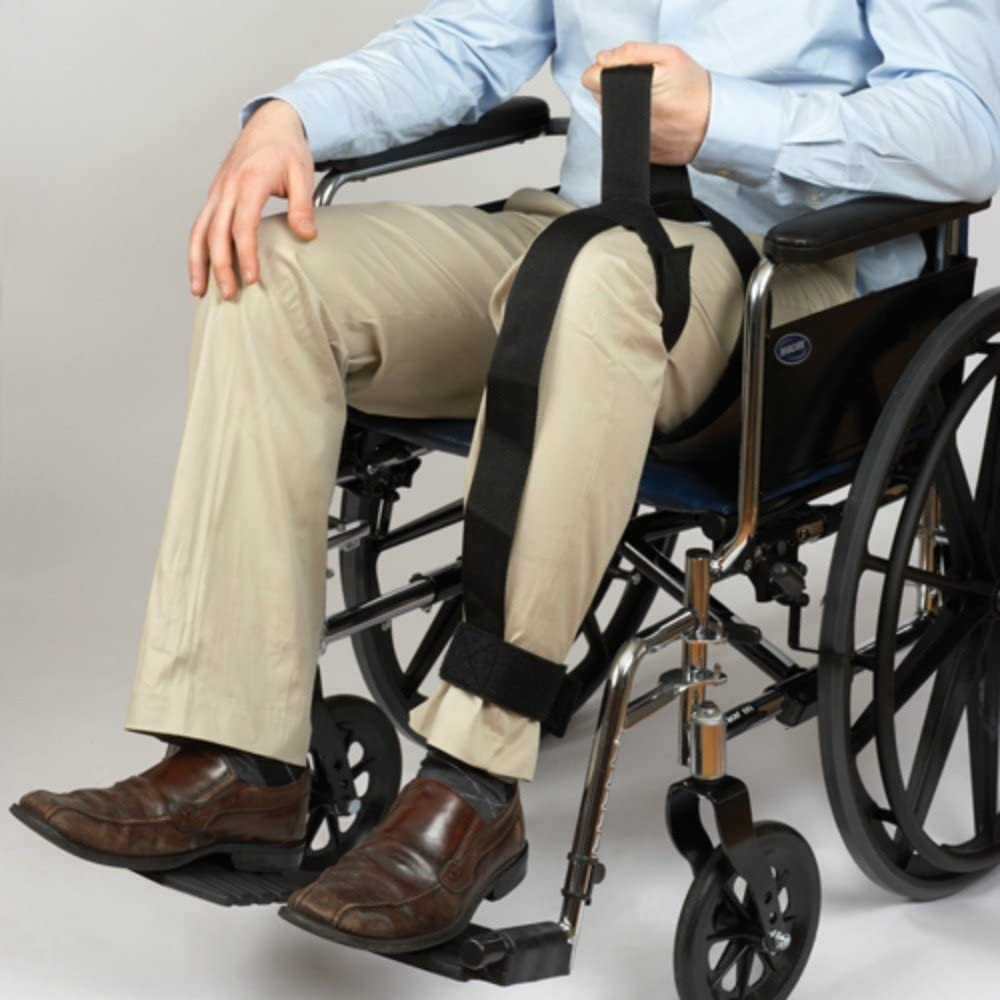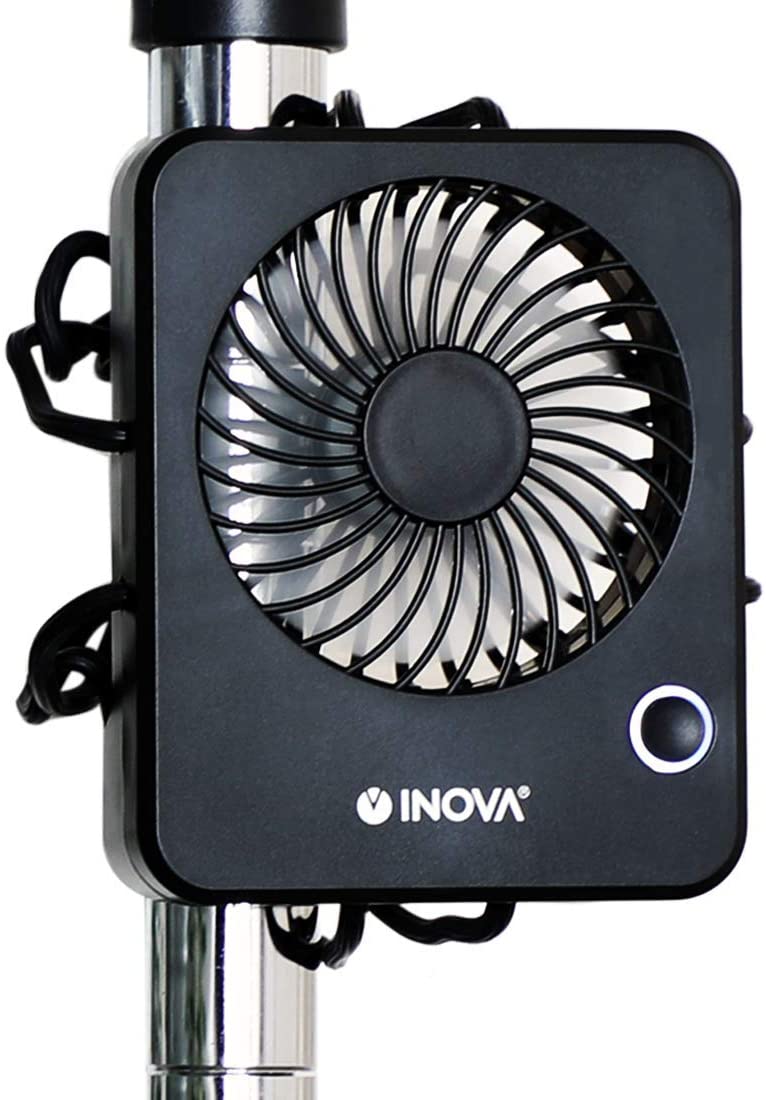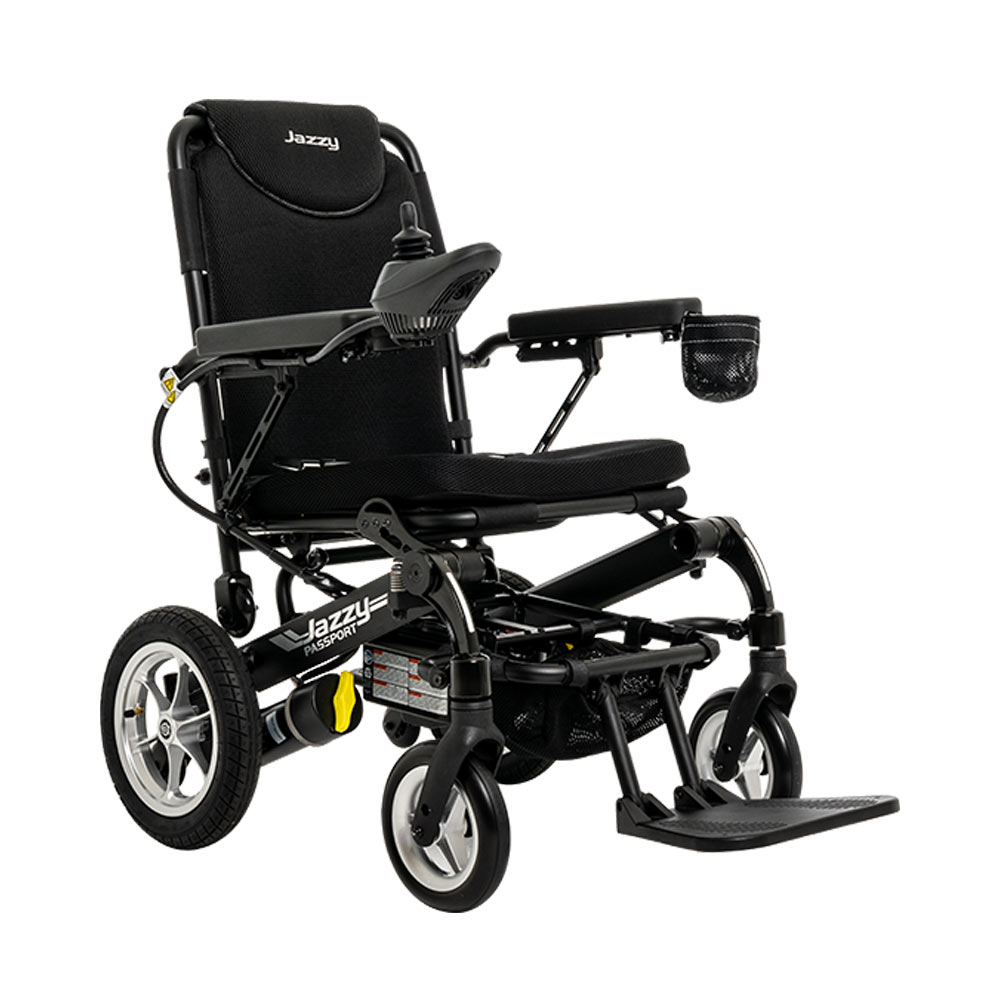September is DMD Awareness Month! Please join us in learning about this disease, and spreading what we’ve learned to friends, family and colleagues. That’s all we have to do for awareness, just to learn and tell others what you’ve learned.
What is DMD?
DMD is a genetic disorder in a protein called dystrophin is altered. Dystrophin is responsible for repairing muscles. The altered protein causes muscles to atrophy, decrease in size and strength. DMD is similar to other genetic disorders, and is in the group if disorders called: dystrophinopathies. The other three diseases that belong to this group are Becker Muscular dystrophy (BMD, a mild form of DMD); an intermediate clinical presentation between DMD and BMD; and DMD-associated with heart-disease (dilated cardiomyopathy) with little or no clinical skeletal, or voluntary, muscle disease.
What can Cause DMD?
DMD is a genetic disorder that is present from birth. Symptoms generally start presenting themselves at the age of 2 or 3, and the disease usually affects boys and in rare cases girls.
French neurologist Guillaume Benjamin Amand Duchenne was the first to describe MD in the 1860s, but until the 1980s, little was known about the cause of any kind of muscular dystrophy. In 1986, MDA-supported researchers identified a particular gene on the X chromosome that, when mutated or changed, leads to DMD. In 1987, the protein associated with this gene was identified and named dystrophin. Lack of the dystrophin protein in muscle cells causes them to be fragile and easily damaged.
DMD has an X-linked recessive inheritance pattern and is passed on by the mother, who is referred to as a carrier. For more about the way gene mutations cause DMD, see Causes/Inheritance.
How can I Raise Awareness and Help?
There are several charities dedicated to helping people with DMD and furthering research into prenatal testing and treatments. You can help by donating to the charities (evika.io is not affiliated with the charities mentioned in this article). Perhaps even easier, just share this article on social media to help raise awareness for DMD.
Duchhene Muscular Dystrophy Charities:
Useful Assistive Devices for DMD
Here is a short list of assistive devices that may be useful for people with DMD Please consult with your healthcare provider to understand if devices are a good fit for your case.
With this mobile phone holder attachment, you can keep your smartphone easily accessible and charged while on the go. Using your phone is a breeze, so you can enjoy your favorite music, make calls, check in on social media, or navigate around town.
Perhaps you prefer to work with your laptop or simply enjoy your breakfast while in bed. If so, the Medical Overbed Table is the perfect solution.
Designed and created to help make patient handling safer for caregivers by helping to prevent back injuries from manual transfers, the ProBasics Hydraulic Patient Lift is safe, stable and affordable. With its slim design, the ProBasics Hydraulic lift is versatile enough for use with most patient transfers. The lift features include durable steel construction with a hammertone finish, a push handle, a padded swivel bar and two locking rear casters. The ProBasics Hydraulic patient lift is light-weight, assembles and disassembles easily, and will rotate patients without side-to-side sway.
For people with hemiplegia, paraplegia, hemiparesis, and paraparesis who have limited or no use of their leg(s), Attaches to leg in 3 places, Helpful for both individuals and caregivers.
Although existing portable fans are mostly for handheld use, with their arms, the fan can be free-standing, wrapping or hanging anywhere you go. Installing strollers, wheelchairs, and car headrests are examples of use.
Experience the beauty of lightweight travel with the Jazzy® Passport. This compact power chair folds in just a few simple steps for effortless transport. With convenient storage, the Jazzy® Passport makes getting around easier than ever before.

